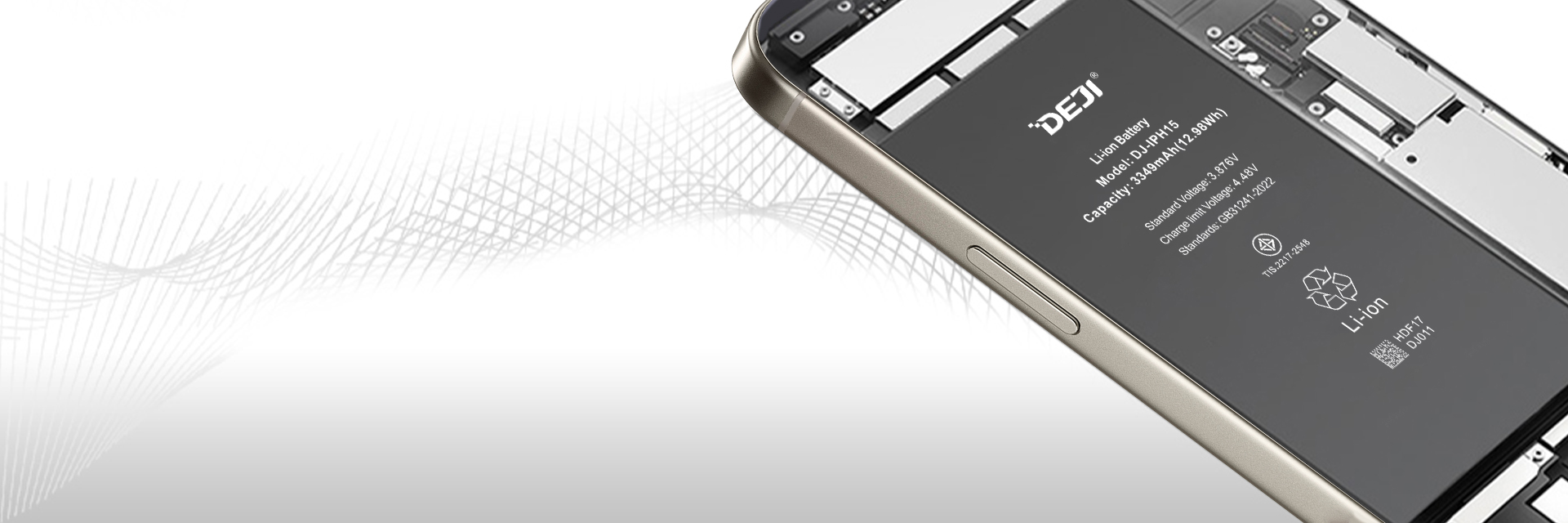Lithium batteries are a type of batteries that use lithium metal or lithium alloy as the positive/negative electrode material and use non-aqueous electrolyte solutions. In 1912, the lithium metal battery was first proposed and studied by Gilbert N. Lewis. In the 1970s, M. S. Whittingham proposed and began to study lithium-ion batteries. Due to the very active chemical properties of lithium metal, the processing, storage and use of lithium metal have very high environmental requirements. With the development of science and technology, lithium batteries have become the mainstream.
Lithium batteries can be roughly divided into two categories: lithium metal batteries and lithium ion batteries. Lithium-ion batteries do not contain metallic lithium and are rechargeable. The fifth generation of rechargeable batteries, lithium metal batteries, was born in 1996, and its safety, specific capacity, self-discharge rate, and performance-price ratio are superior to those of lithium-ion batteries. Due to its own high-tech requirements, companies in only a few countries are producing such lithium metal batteries.
The working principle of lithium battery and lithium ion battery is different:
Lithium metal battery:
Lithium metal batteries are generally batteries that use manganese dioxide as the positive electrode material, metal lithium or its alloy metal as the negative electrode material, and use a non-aqueous electrolyte solution.
Discharge reaction: Li+MnO2=LiMnO2
Lithium Ion Battery:
Lithium-ion batteries are generally batteries that use lithium alloy metal oxide as the positive electrode material, graphite as the negative electrode material, and non-aqueous electrolyte.
The reaction that occurs on the positive electrode of the charge is
LiCoO2=Li(1-x)CoO2+xLi++xe-(electronic)
The reaction that occurs on the negative electrode of the charge is
6C+xLi++xe- = LixC6
The total reaction of the rechargeable battery: LiCoO2+6C = Li(1-x)CoO2+LixC6
Lithium battery maintenance and maintenance:
1. Since the lithium battery is a non-memory battery, customers are advised to charge or recharge the battery pack regularly every time or every day after riding, which will greatly increase the service life of the battery pack. It is not recommended to charge after riding until the battery pack cannot discharge the power, and it is not recommended to discharge more than 90% of the capacity of the battery pack. When the electric vehicle is at a standstill and the undervoltage indicator on the electric vehicle lights up, it needs to be charged in time.
2. When the electric vehicle is started, on steep slopes, dirt roads, or under strong headwinds, it is recommended that customers use pedal assistance at the same time when riding, so that the battery and motor have the longest life.
The capacity of the battery pack is measured at a normal temperature of 25°C. Therefore, in winter, it is considered normal for the battery capacity to be exerted and the mileage to be slightly reduced. It is recommended to charge the battery pack in a place with high ambient temperature in winter to ensure that the battery pack can be fully charged.
3. When the electric vehicle is not riding or parked, it is recommended that the customer unplug the link between the battery pack and the electric vehicle, or turn off the power lock. Because the motor and controller will consume electricity in the no-load state, please avoid waste of electricity.
Lithium battery characteristics:
1. The energy is relatively high. With high storage energy density, it has reached 460-600Wh/kg, which is about 6-7 times that of lead-acid batteries;
2. Long service life, the service life can reach more than 6 years, the battery 1C (100% DOD) charge and discharge with lithium iron phosphate as the positive electrode, there is a record that can be used 10,000 times;
3. The rated voltage is high (the single working voltage is 3.7V or 3.2V), which is approximately equal to the series voltage of 3 nickel-cadmium battery or nickel-metal hydride rechargeable batteries, which is convenient to form a battery power pack; lithium batteries can pass a new type of lithium battery voltage regulator The technology adjusts the voltage to 3.0V to suit the use of small appliances.
4. It has high power endurance, and the lithium iron phosphate lithium ion battery used in electric vehicles can reach 15-30C charge and discharge capacity, which is convenient for high-intensity start-up acceleration;
5. The self-discharge rate is very low, which is one of the most prominent advantages of the battery. Generally, it can be less than 1%/month, which is less than 1/20 of the nickel-hydrogen battery;
6. Light weight, the weight is about 1/6-1/5 of the lead-acid product under the same volume;
7. High and low temperature adaptability, it can be used in the environment of -20℃--60℃, after the process treatment, it can be used in the environment of -45℃;
8. Green and environmental protection, regardless of production, use or scrap, it does not contain or produce any toxic and harmful heavy metal elements and substances such as lead, mercury, and cadmium.
9. Production basically does not consume water, which is very beneficial to my country, which is short of water.
Specific energy refers to the energy per unit weight or unit volume. Specific energy is expressed in Wh/kg or Wh/L. Wh is the unit of energy, W is watt, h is hour; kg is kilogram (weight unit), L is liter (volume unit).
Disadvantages of lithium batteries:
1. Lithium primary batteries have poor safety and risk of explosion.
2. Lithium cobalt oxide lithium-ion batteries cannot be discharged at a high current, are expensive, and have poor safety.
3. Lithium-ion batteries need to protect the circuit to prevent the battery from being overcharged and over-discharged.
4. The production requirements are high and the cost is high.
5. The use conditions are limited, and the use of high and low temperature is dangerous.
 sales@batterydeji.com
sales@batterydeji.com




